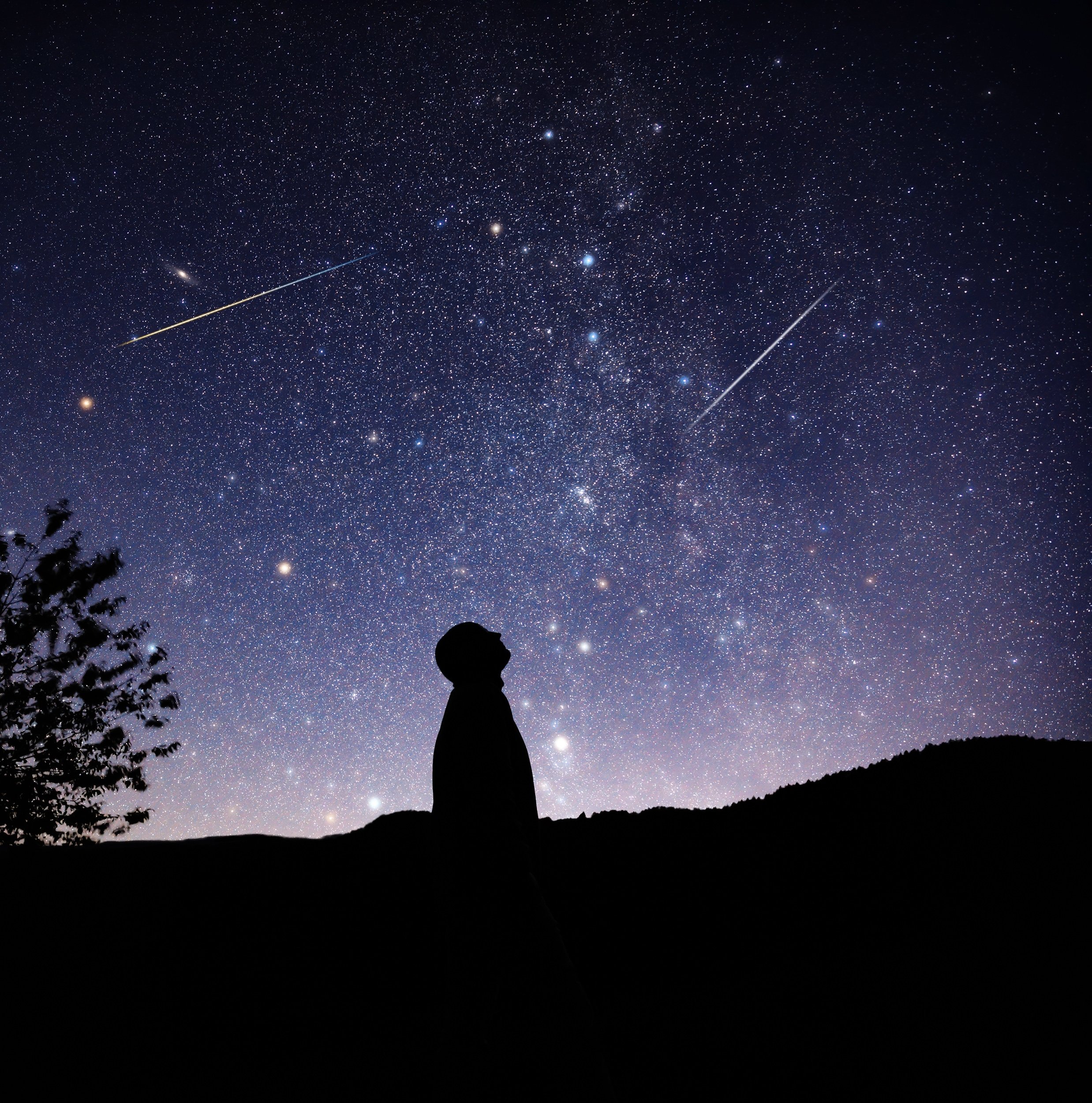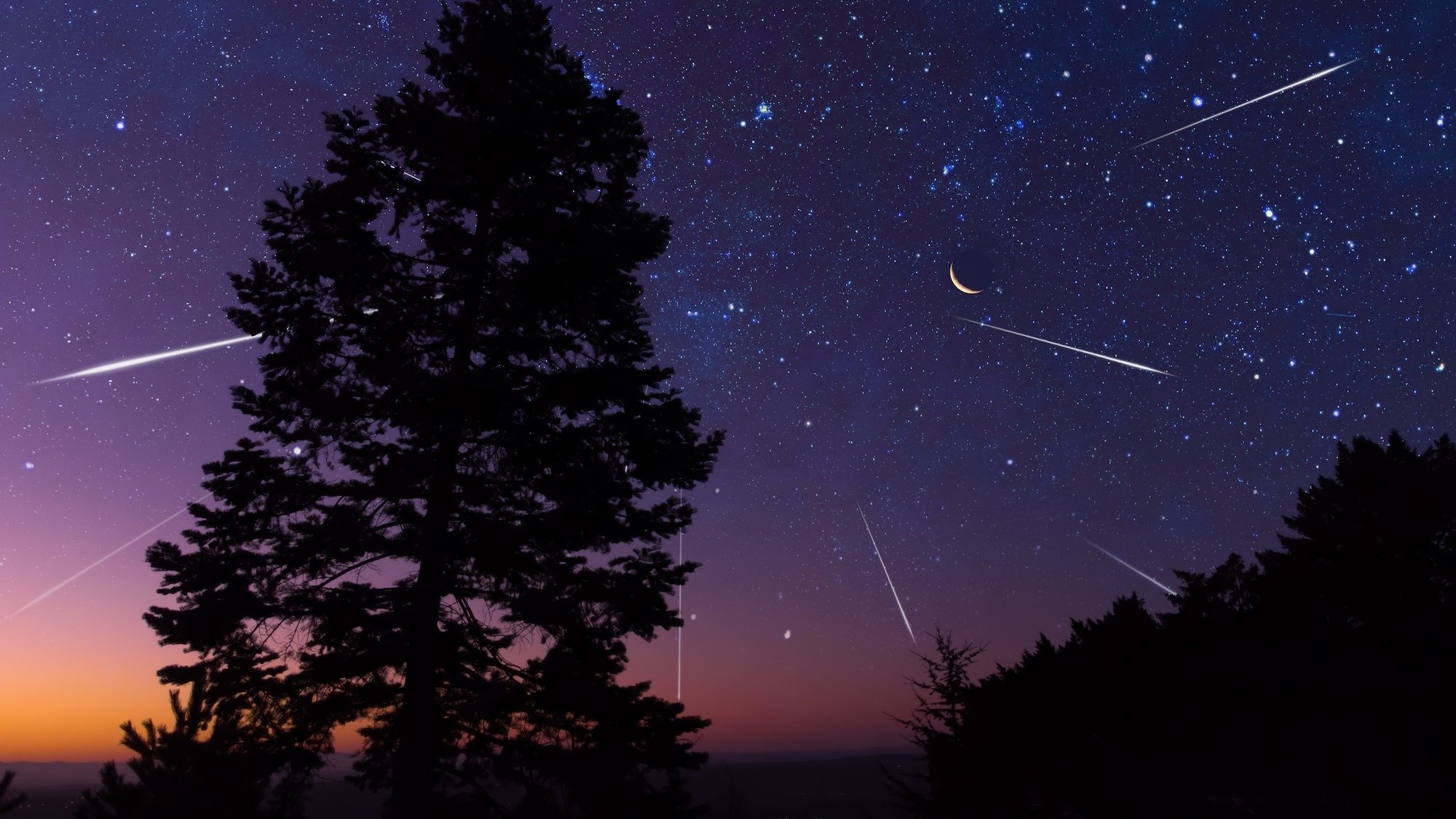By Toutatis! A shower of shooting stars is about to sweep across the summer sky, promising to turn our nights into a true cosmic show. This is not a mirage or a Nolan trailer: since mid-July, and lasting until mid-August, the Perseids are lighting up the sky, with a peak of intensity expected on the night of August 12 to 13. We’re talking about 100 shooting stars per hour. Yes, 100. Enough to fulfill your wishes for the next ten years.
Behind this breathtaking spectacle lies comet 109P/Swift-Tuttle, the official pyrotechnician of our galaxy. Every summer, Earth crosses its cosmic path, and the dust burns up in the atmosphere, creating those lovely trails of light we adore watching as we lie in the grass, necks craned and eyes wide open.
The darker, the better
But beware, to enjoy the show, you'll need to be a bit clever. Forget about balconies in the city or rooftops.
s too bright éclairés : light pollution is the number one enemy of the Perséides. Instead, opt for a nighttime outing away from the city, towards the peaks or in the heart of the countryside. The darker, the better.
And for the purists, the best time to enjoy is between midnight and 4 AM, when the Milky Way puts on its most stunning strobe effect. Grab a blanket, put on a great playlist (and why not a thermos of hot chocolate), and get ready for a magical night of watching the sky tell you stories of stars.
